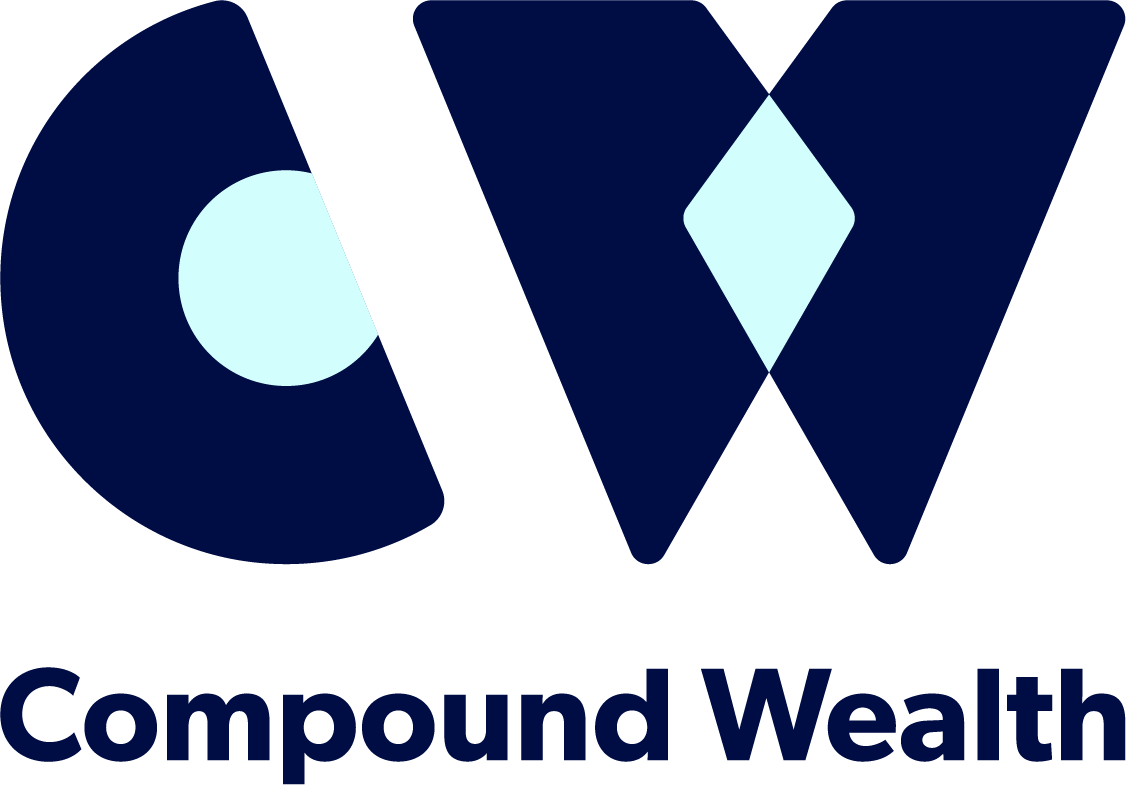KiwiSaver Fund Types: Which One is Right for You?
Picking the right KiwiSaver fund is one of the most important choices you can make for your financial future. Your fund type affects how fast your savings grow - and how much they might fluctuate along the way.
In this guide, we compare four fund types: Moderate, Balanced, Growth, and High Growth. Each comes with its own mix of risk and reward, and knowing the difference can help you align your KiwiSaver with your life goals. If you are also interested in the best performing KiwiSaver Funds in each category, please read this blog here.
Moderate Funds Asset Allocation
Moderate Funds: A Steady Hand
Best for:
Those close to spending down a significant portion of their portfolio (e.g. retirees or first home buyers looking to withdraw in the short term)
People with low-to-medium risk tolerance
Shorter-term savers (e.g. first-home buyers planning to withdraw within 2–4 years)
What to Expect:
Moderate funds have a cautious mix - typically around 40% shares and 60% bonds and cash. That means less volatility, but also lower long-term returns.
Key Traits:
Lower risk
Limited ups and downs
Slower, steadier growth
The best performing moderate fund as listed in the latest Morningstar KiwiSaver Survey (Dec 2024) was:
Generate Moderate Fund: 4.7% five year average return
Balanced Funds Asset Allocation
Balanced Funds: Middle of the Road
Best for:
Investors with a balanced level of risk appetite
People with 5+ years before they plan to withdraw a significant portion of their investment (e.g. for retirement or a first home)
Those seeking a combination of steady growth and capital preservation
What to Expect:
Balanced funds usually split assets about 60/40 between growth assets (like shares and property) and income assets (like bonds and cash). They're a popular choice for people who want some growth, but don’t want wild swings in their balance.
Key Traits:
Medium risk
Moderate growth potential
Some volatility, but more stability than growth or high growth funds
The best performing balanced fund as listed in the latest Morningstar KiwiSaver Survey (Dec 2024) is:
QuayStreet Balanced: 8.2% (five year average return)
Growth Fund Asset Allocation
Growth Funds: For the Long Haul
Best for:
Investors comfortable with moderate-to-high risk
People with 7–10+ years before they plan to withdraw a significant portion of their investment
Those focused on long-term capital growth and able to ride out short-term market fluctuations
What to Expect:
Growth funds invest roughly 75%–85% in shares and other growth assets. That means more potential for higher returns over time, but also more short-term fluctuations.
Key Traits:
Higher risk
Strong long-term growth potential
Larger short-term swings in value
The best performing growth fund as listed in the latest Morningstar KiwiSaver Survey (Dec 2024) is:
Pathfinder Growth: 10.0% (five year average return)
High Growth Asset Allocation
High Growth Funds: Maximum Growth, Maximum Grit
Best for:
Investors with a high risk tolerance and long investment horizon
People with 10+ years before needing access to their funds
Those seeking the highest potential returns and willing to accept greater volatility along the way
What to Expect:
High Growth funds typically invest 90% or more in shares and growth assets. They’re designed to maximise long-term returns—but you need to be comfortable with a bumpy ride along the way.
Key Traits:
Highest risk
Highest potential return
Suited for the long term only
The best performing high growth fund as listed in the latest Morningstar KiwiSaver Survey (Dec 2024) is:
Milford Aggressive Fund: 11.1% (five year average return)
What KiwiSaver Fund should I be in?
At Compound Wealth many of our clients are looking to maximise their long term returns. For those long-term investors who regularly contribute to their investment accounts, a higher equity allocation is crucial for maximising long-term returns. By harnessing the power of compounding returns and dollar-cost averaging, along with the benefits of long-term market growth, investors can set themselves up for a more financially secure future. Take a look at the graph below to compare the performance of each fund type.
If you are interested in learning more about higher allocations to equity, please take a look at our blog post - the importance of a higher equity allocation here.
If you want to know what KiwiSaver fund type is the right choice for your stage in life, please complete our KiwiSaver Discovery Quiz. We ask you about your tolerance to risk and understand your investment timeframe in order to provide you with a fund & provider recommendation, retirement projection, fee comparison, performance comparison and asset allocation breakdown.
KiwiSaver Fund Type Performance Comparison
Ready to make your KiwiSaver work smarter? Let’s chat and craft a portfolio that fits your goals. Contact us today or complete our KiwiSaver Quiz to get started! If you’re interested in learning more about our Compound Portfolio’s take a look at our portfolio page here.
Compound Wealth are a KiwiSaver, Retirement and Private Wealth Financial Advice Firm based in Mount Maunganui, Bay of Plenty with clients all over New Zealand.
